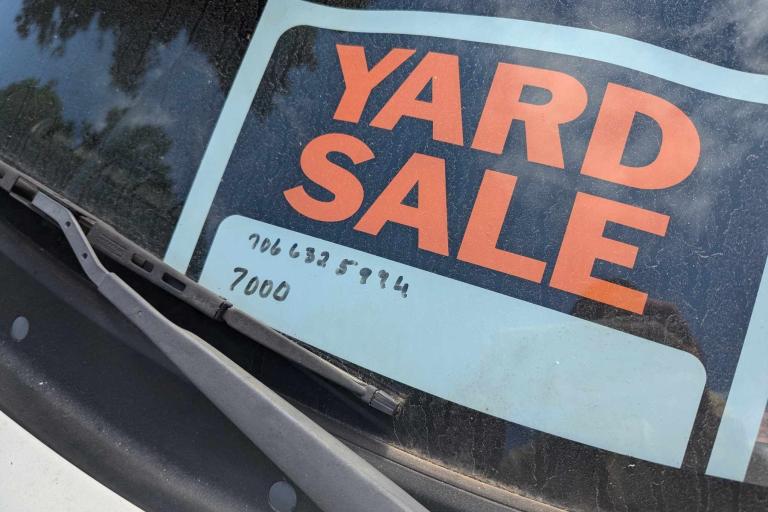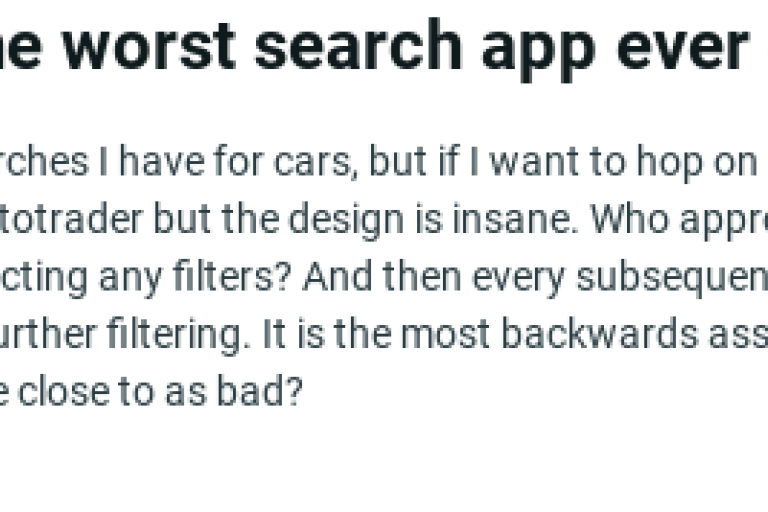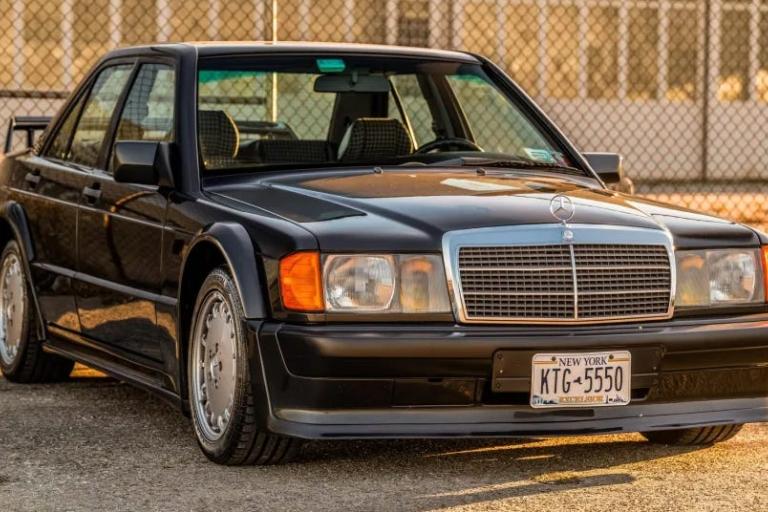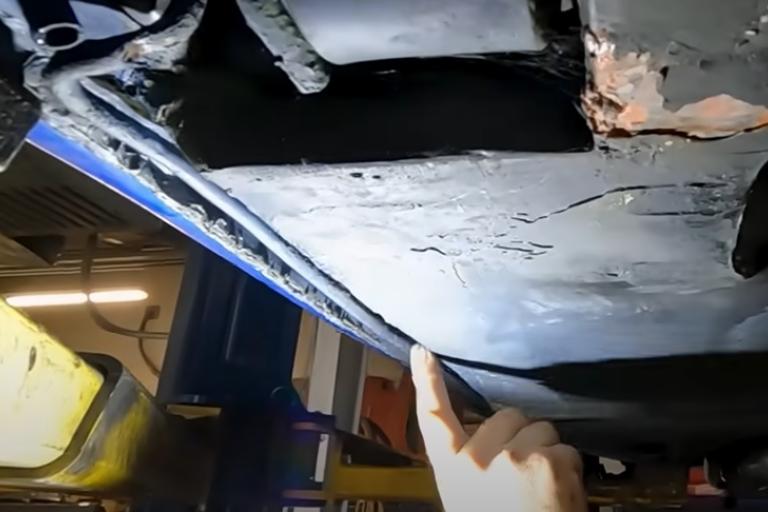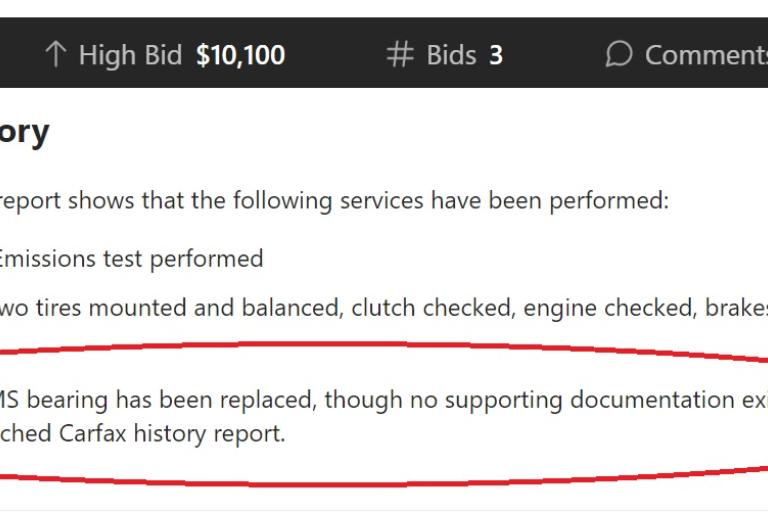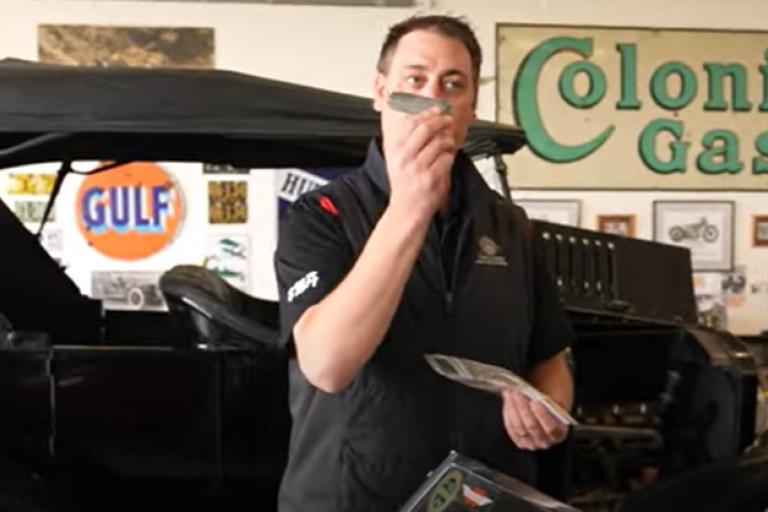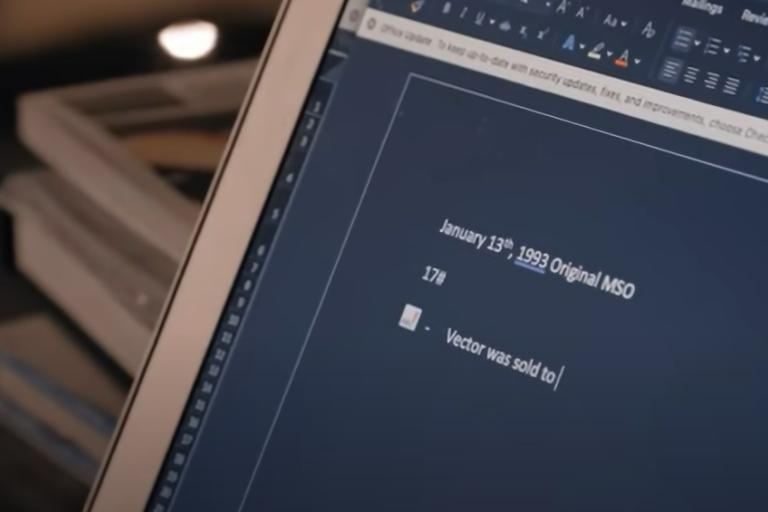Over the last few years, many of us (me) have gotten bent out of shape because of the supposed prices cars are selling for on sites like Bring A Trailer. However, I was reminded of the reality of selling recently when I spotted an NA Miata for sale in rural ...
TCG Stories
By: Jeff,
I don't know if you've noticed, but car classifieds sites blow pretty big chunks. In thinking back on it, I almost have begun to wonder if the explosion in car auction sites has less to do with taking away the horsepower of the big guns like Mecum and Barrett-Jackson and ...
By: Jeff,
The Common Gear is proud to announce that the 2024 Air-Cooled Beach Bash will return to sunny St. Petersburg, Florida, with a show date of Saturday, October 19, 2024. This marks the third year of the long-standing autumn gathering being run by The Common Gear, and also represents a shift in ...
By: Jeff,
Recently, I saw a seller of a car near and dear to me - a Mercedes-Benz 190E 2.5-16 Cosworth - get eviscerated by a specific member of the commenter illuminati of Bring A Trailer. The seller represented a business that allowed well-heeled “members” to borrow exotic and sports cars for ...
By: john,
I really wish the term "Slicktop" would stop being a thing or used as a benefit. Like most cars (and especially on this particular car), the driving experience is significantly better when a sunroof is present. Unless you're Spec E46 or specifically going racing, you can easily find 25 ...
By: Jeff,
One starts to wonder if Bring A Trailer's strategy is to sell so many cars that the community doesn't notice when it screws up, big time. Most of you probably missed this auction for a 2017 Porsche 911 Carrera S Cabriolet, which was withdrawn by BaT after $50,000 in ...
By: Jeff,
It's amazing to me that car buyers still willingly hand over significant sums of money without knowing what they're buying. It's one thing to buy a car with some gaps in its mechanical history, but to purchase a so-called "restored" car with horribly dodgy repairs clearly intended to mask massive ...
By: Jeff,
For the last few months, I have been moonlighting as an auction specialist for one of the top three digital auction sites. The experience has been enlightening, especially as it relates to how sellers view their cars.
Some view them as investments, but the majority don't seem to perceive their ...
By: Jeff,
A few days ago, Tom Cotter - the so-called "Barn Find Hunter" - visited a place I've never been but would love to go, the Owls Head Museum in Maine. In this segment, he runs through how the Museum acquires cars from various collections and estates after owners pass on ...
By: Jeff,
These days, collector cars of a certain caliber truly are investment pieces. Whether used as a way to move your money around via backchannels or simply because the car in question is rocketing up in value, there's no denying that at a certain level, a car is like any other ...
